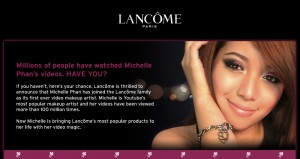Back in September, I was invited by my friend to join a group for our assignments in class. Although I didn’t know most people in my group, I quickly came to realize how amazing our group is. Everyone had such great work ethic, and most importantly we had a very interesting group dynamic. We all had very distinct personalities and skillsets, which I believe contributed a lot to the advantage of our team.
The video assignment in particular was my favourite part of the assignment. The first assignment scared us all, and we all spent a significant amount of time trying to research for superficial facts about our company, lululemon atheltica. We found a lot about the company’s background and yoga industry in general to create a SWOT analysis. After the first assignment, we all became quite familiar with the topic of yoga and active lifestyle of North American women. By then we were able to make intelligent assumptions to come up with our STP. The reason why I was personally excited about the last assignment was because throughout the process of all our assignments, it was genuinely interesting to have developed personal opinions about the company. How we, as a group, think lululemon could increase their marketing initiatives through media, or to continue targeting North America instead of expanding.
It’s one thing to learn concepts and memorize marketing related terms on the textbook, but for us to actually spend time critically thinking what we can recommend to a company from a marketing consultant’s position was one of the most exciting parts of the course. Honestly speaking, we were all thinking “oh no, not another SWOT analysis” in the beginning. But near the end, the fact that we were able to apply our knowledge and intuition to simulate a consultant’s role made me realize how much we have all learned compared to the beginning of Comm 296 in September.



Recent Comments